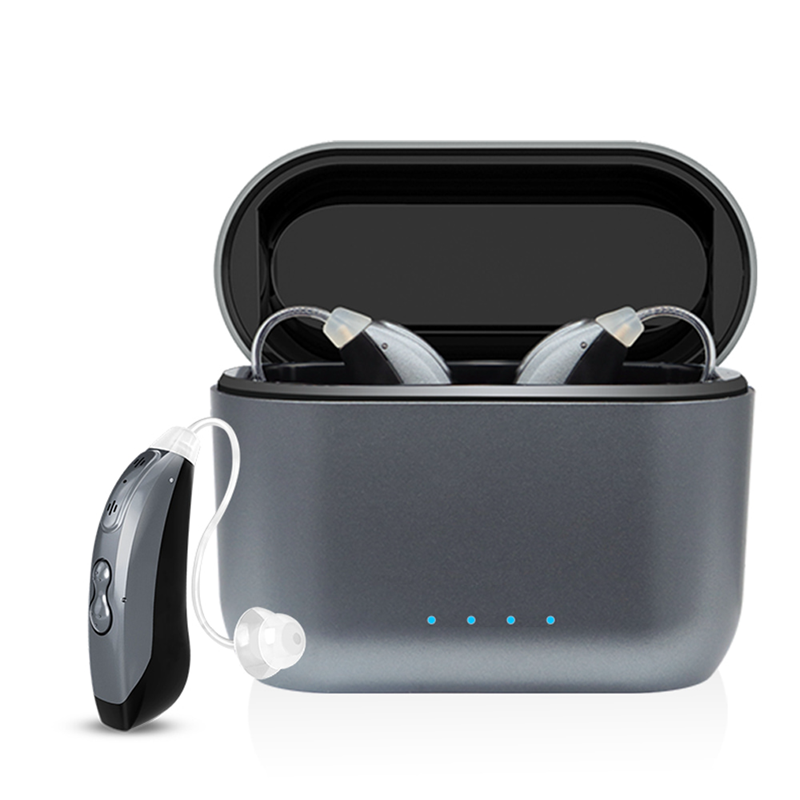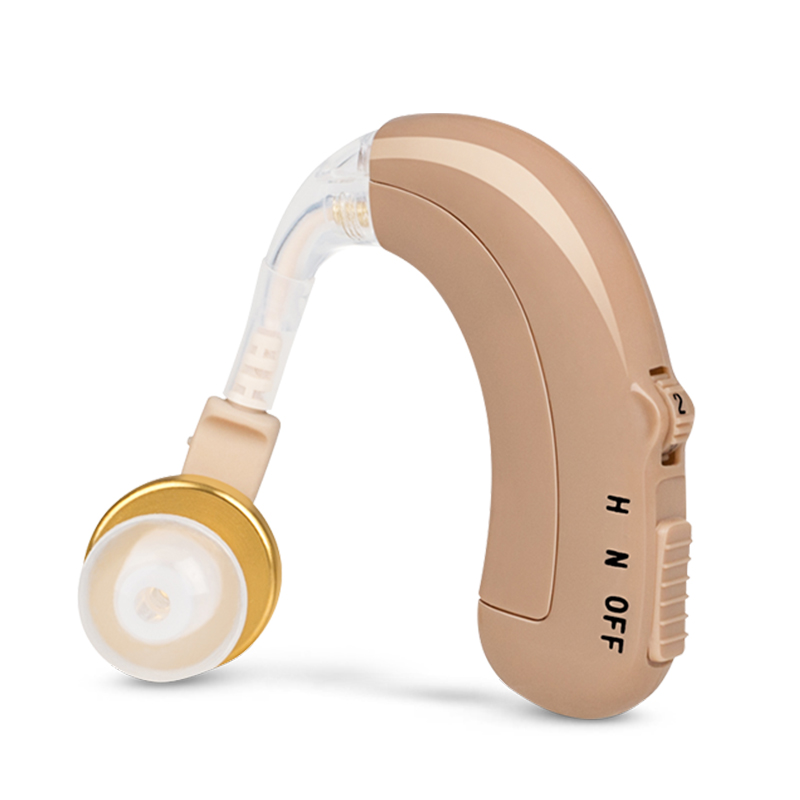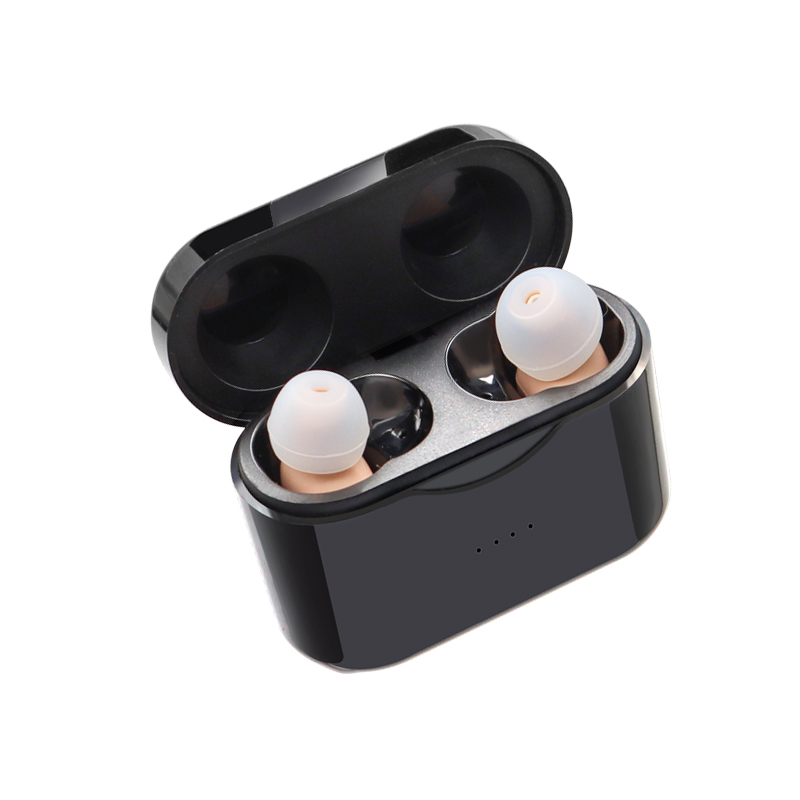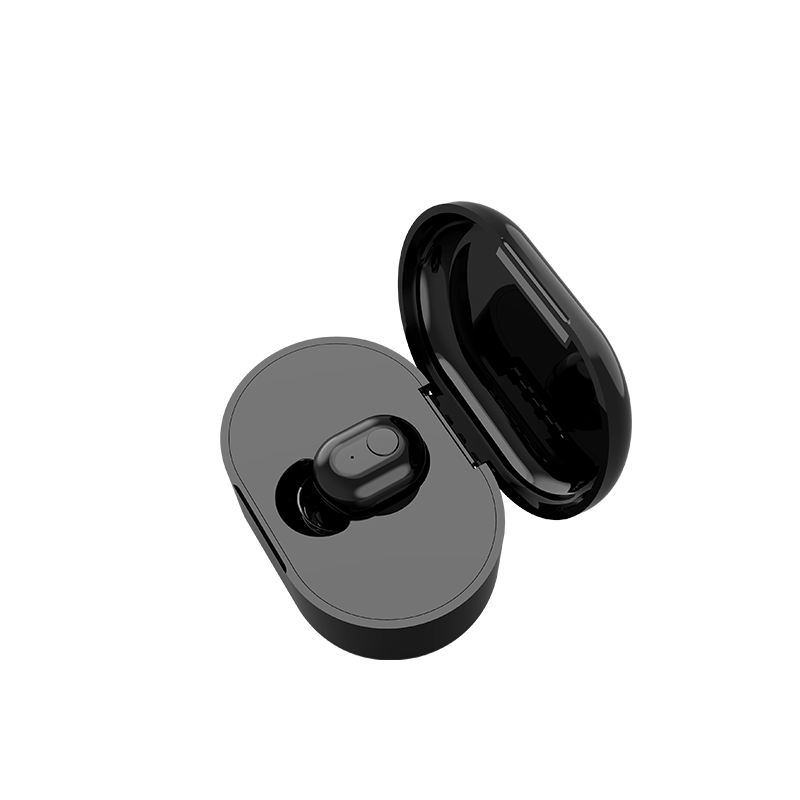Going to the movies when you have hearing loss can be a bit of a challenge: Will you hear everything OK? Will it be worth the expense?
Fortunately, in the US, most movie theaters must provide closed captioning and audio descriptions. These rules were issued in 2018 under the Americans with Disabilities Act by the Department of Justice.
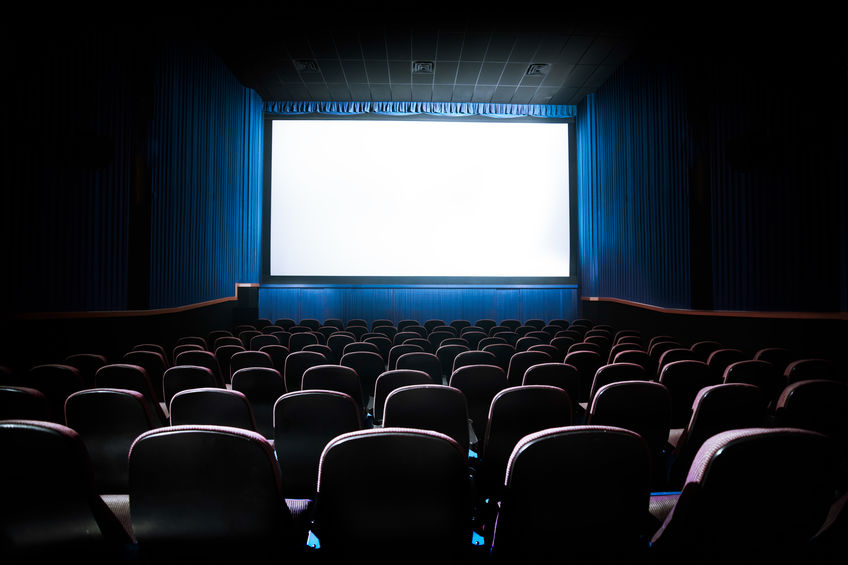
movies accessible to people with hearing loss.
The law is good news for people who have severe hearing loss, as it makes it easier to enjoy going to the movies.
Hearing aids make it easier to enjoy the movies
More good news: Most people who wear hearing aids will not need any extra help.
"Many people with mild-to-moderate hearing loss find that they hear quite well in movie theaters when wearing their hearing aids," notes Susanne Jones, a hearing instrument specialist and customer support manager for Healthy Hearing. "In my clinical experience, most hearing aid wearers felt that they understood speech at the movie theater better than they did while watching TV or movies at home. This is likely due to the volume, sound system quality and speaker placement."
If you're worried the theater volume may be too loud, Jones advises adjusting the volume of your hearing aids slightly, to a more comfortable level. Modern hearing aids have loud noise suppression to keep your hearing safe.
If hearing aids aren't enough
If you have more severe hearing loss or are Deaf, you may need to find out what accessibility options your local movie theater offers. Arrive early so you can request the equipment you need. Also, give yourself time to set it up before the movie starts. If things don't go well, don't be afraid to ask for your money back.
Here's an overview of what may be offered to you, and what to expect at major theater chains:
Caption options at the movies
Movie theaters generally offer two types of captioning: open and closed.
- "Open captioning" is when the text appears on the screen, for everyone in the the theater to see.
- "Closed captioning" refers to a system where the captions are private, transmitted via a personal device.
Open caption screenings are not very common. Sometimes, movie theaters offer special "open caption" viewings for anyone who wants to watch movies with subtitles/captions, or if you have a large group and request a special screening. And of course, most foreign films screened in the US are subtitled in English.
As of 2019, Hawaii is the only state that requires theaters with two or more locations to "provide open movie captioning during at least two showings per week of any movie that is produced and offered with open captioning."
For closed captions, you must request a device that displays the captions at your seat. The type of device, technology and availability will vary by movie theater chain, so your first step is to figure out which movie theater chain you're going to be visiting and plan ahead with a little research. You may want to call ahead of time and ask.
What can I expect going to a movie theater with hearing loss?
Here's what we found from major theater chains on their websites or from online articles:
Regal Theaters
Regal provided the most information, including a helpful accessibility page on their captioning and descriptive video available to customers. They even provide a state-by-state listing of theaters and what accessibility options are available to you locally.
Regal exclusively offers Sony Access eyeglasses with open captions, so viewers can have captions in their direct line of sight. These can be worn over regular eyeglasses.
Regal recommends checking with your local theater to make sure you will have the help you need. Look for movie descriptions that say "accessibility devices available." You can also visit their website or use their mobile app to see what available technologies and amenities are available for a given showtime.
AMC Theaters
On AMC's accessibility page, they state they offer:
- Amplified headsets and assistive listening devices to better hear the audio.
- A CaptiView device, which attaches to your seat's cupholder and displays the movie's closed captions in front of you.
Cinemark
We couldn't find an accessibility page for Cinemark. Based on online reports, it appears they may offer patrons CaptiView closed captioning devices.
Landmark Theaters
On their accessibility page, Landmark lists which theaters have assistive listening equipment and also what they use, which varies by theater, but generally includes:
- CaptiView or CCR-100 personal closed captioning devices
- Wireless amplified headphones audio system
- Hearing loop technology (only in a handful of theaters)
Marcus Theatres
This large chain offers similar assistive technology to Landmark.
Assistive listening device (ALD) systems
Even if your local theater doesn’t have the newest captioning technology, they may offer some type of assistive listening device system for people with some residual hearing. Since the enactment of the ADA in 1990, all theaters with fixed seating for 50 patrons are required to provide an ALD system.
Three different systems may be available:
- FM/DM systems use radio frequencies to transmit amplified sound through a special receiver customers can borrow for the duration of the film.
- Infrared light systems transmit sound to a special receiver, which can be adjusted to the desired volume. When available, these receivers are loaned to the patron for the duration of the film.
- Induction loop systems receive the sound signal through the t-coil in your hearing aid or cochlear implant. If your theater is wired for induction loops, you’ll want to switch your hearing instrument to t-coil to enjoy the show.
Share your tips
Please contact us if you have advice or tips to share with fellow movie-lovers who have hearing loss, and we can add them here.
If you're curious see whether or not hearing aids or other hearing loss treatments may make your movie-going experience more enjoyable, find a hearing care professional in your area and schedule an appointment today.
The above is the interpretation of How to Enjoy Movies with Hearing Loss: Accessibility Guide provided by Chinese hearing aid supplier Shenrui Medical. Link https://www.srmcm.com/Blog/How_to_Enjoy_Movies_with_Hearing_Loss_Accessibility_Guide.html of this article is welcome to share and forward. For more hearing aid related information, please visit Blog or take a look at our Hearing aids products


